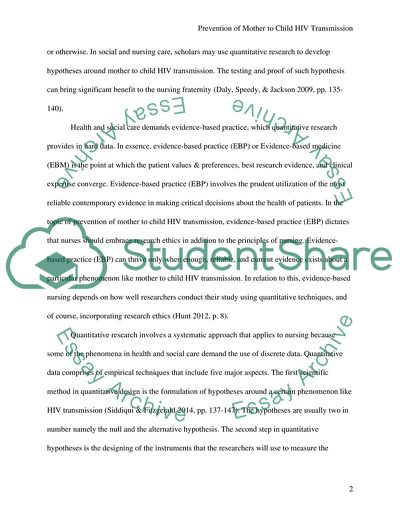Cite this document
(“Prevention of mother to child Hiv transmission Essay”, n.d.)
Retrieved from https://studentshare.org/health-sciences-medicine/1701441-prevention-of-mother-to-child-hiv-transmission
Retrieved from https://studentshare.org/health-sciences-medicine/1701441-prevention-of-mother-to-child-hiv-transmission
(Prevention of Mother to Child Hiv Transmission Essay)
https://studentshare.org/health-sciences-medicine/1701441-prevention-of-mother-to-child-hiv-transmission.
https://studentshare.org/health-sciences-medicine/1701441-prevention-of-mother-to-child-hiv-transmission.
“Prevention of Mother to Child Hiv Transmission Essay”, n.d. https://studentshare.org/health-sciences-medicine/1701441-prevention-of-mother-to-child-hiv-transmission.


